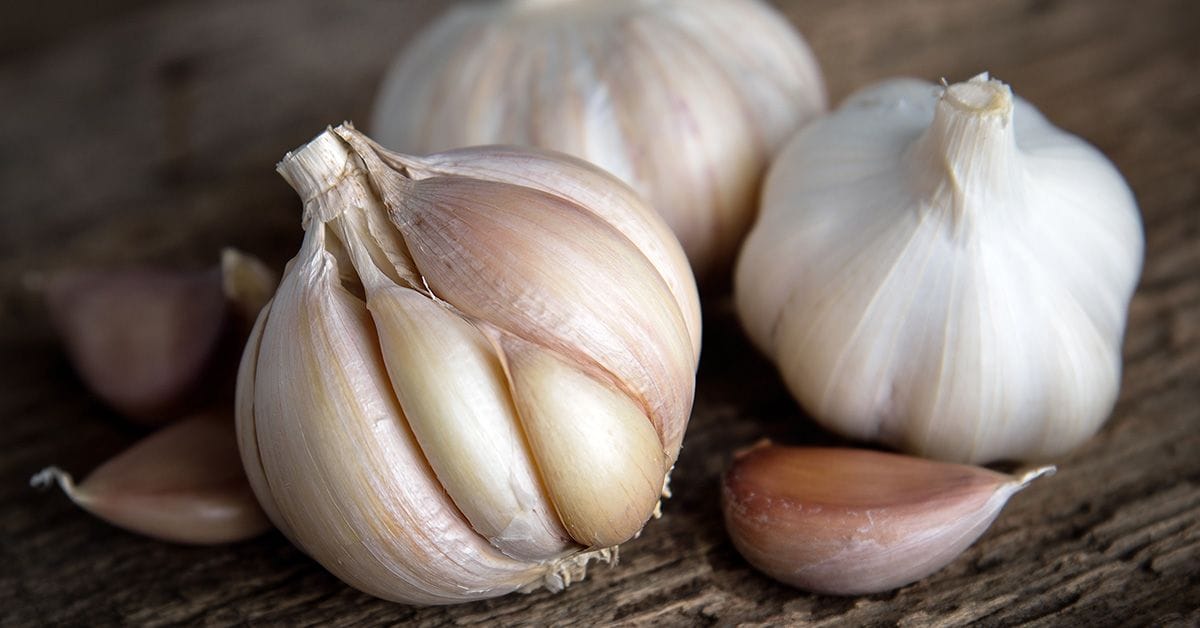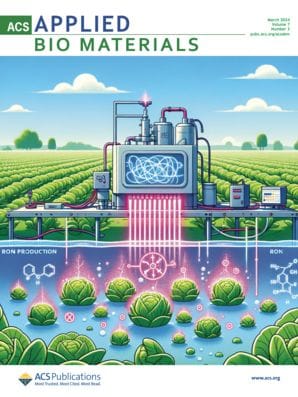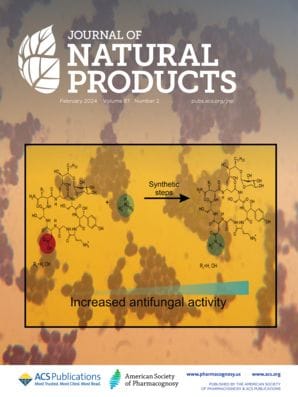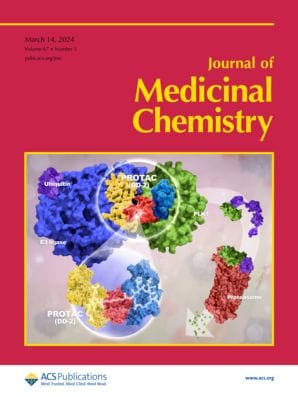Uncover how several unexpected sources are sparking innovations in the field of pharmaceutical research.

Drug development researchers generally want the same outcome: to find new and better ways to improve health. But sometimes, inspiration for those new medicines comes from seemingly unlikely places—garlic, marijuana, medieval weapons and virtual livers. The following papers highlight recent discoveries in the field of drug development published in ACS journals.
1. Garlic plus antibiotics — a one-two punch against Staphylococcus infections
Staph can be hard to treat because the bacteria enter human cells and evade drugs. But by packing the antibiotic vancomycin in a garlic-derived nanovesicle capsule, it’s more easily absorbed by human cells, thereby improving the drug’s germ-killing abilities, say the researchers in ACS Applied Bio Materials.

Garlic-Derived Exosome-like Nanovesicles-Based Wound Dressing for Staphylococcus aureus Infection Visualization and Treatment
DOI: 10.1021/acsabm.3c01256
2. Can we reap THC’s potential neuroprotective properties without the high?
Maybe, according to research in Journal of Natural Products. The authors say that in laboratory studies with cultured human cells, a synthetic form of THC reversed nerve cell toxicity and elevated levels of molecules that support nerve growth and cognitive function better than naturally occurring THC.

Synthesis and Evaluation of Natural and Unnatural Tetrahydrocannabiorcol for Its Potential Use in Neuropathologies
DOI: 10.1021/acs.jnatprod.3c00172
3. A new small molecule looks like the medieval spiked weapon called a caltrop
The molecule quickly and completely neutralizes the blood-thinning drug heparin in laboratory studies, say researchers in Journal of Medicinal Chemistry. For people who take blood thinners, the fast-acting heparin antidote could help them avoid life-threatening bleeds when injured or during emergency surgery. The researchers hope to start preclinical studies soon.

Caltrop-like Small-Molecule Antidotes That Neutralize Unfractionated Heparin and Low-Molecular-Weight Heparin In Vivo
DOI: 10.1021/acs.jmedchem.3c02224
4. “Virtual liver” could speed up drug discovery
A new, open-source web-based modeling tool is designed to predict a potential drug candidate’s absorption, distribution, metabolism and excretion rates. Getting this pharmacokinetic information early in the discovery process could accelerate drug development by eliminating compounds with undesirable effects before tests on animal models, say the program’s designers. The virtual liver is described in detail in Journal of Medicinal Chemistry.

Pharmacokinetics Profiler (PhaKinPro): Model Development, Validation, and Implementation as a Web Tool for Triaging Compounds with Undesired Pharmacokinetics Profiles
DOI: 10.1021/acs.jmedchem.3c02446
This article round-up is brought to you by the ACS Science Communications team. Learn more below.